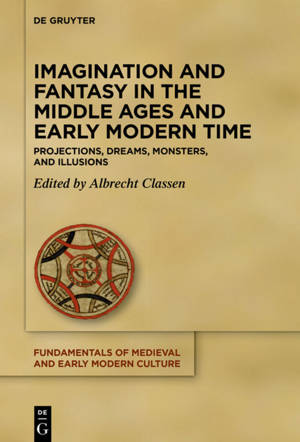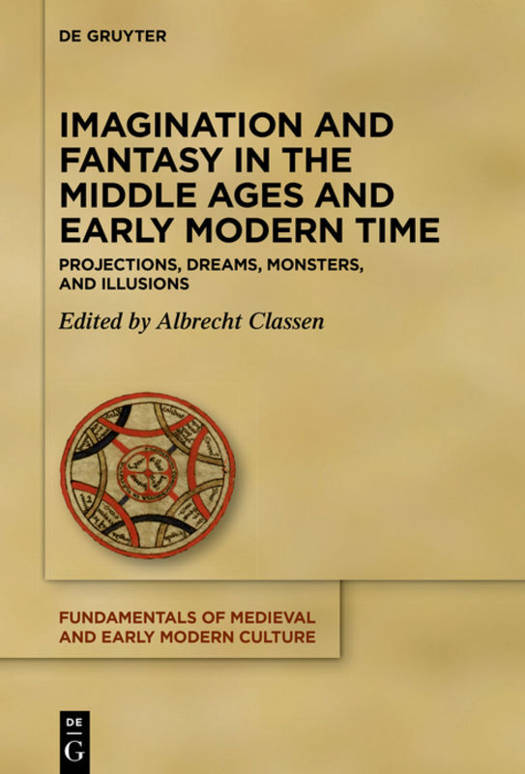
- Afhalen na 1 uur in een winkel met voorraad
- Gratis thuislevering in België vanaf € 30
- Ruim aanbod met 7 miljoen producten
- Afhalen na 1 uur in een winkel met voorraad
- Gratis thuislevering in België vanaf € 30
- Ruim aanbod met 7 miljoen producten
Zoeken
Imagination and Fantasy in the Middle Ages and Early Modern Time
Projections, Dreams, Monsters, and Illusions
€ 402,95
+ 805 punten
Omschrijving
The notions of other peoples, cultures, and natural conditions have always been determined by the epistemology of imagination and fantasy, providing much freedom and creativity, and yet have also created much fear, anxiety, and horror. In this regard, the pre-modern world demonstrates striking parallels with our own insofar as the projections of alterity might be different by degrees, but they are fundamentally the same by content. Dreams, illusions, projections, concepts, hopes, utopias/dystopias, desires, and emotional attachments are as specific and impactful as the physical environment. This volume thus sheds important light on the various lenses used by people in the Middle Ages and the early modern age as to how they came to terms with their perceptions, images, and notions. Previous scholarship focused heavily on the history of mentality and history of emotions, whereas here the history of pre-modern imagination, and fantasy assumes center position. Imaginary things are taken seriously because medieval and early modern writers and artists clearly reveal their great significance in their works and their daily lives. This approach facilitates a new deep-structure analysis of pre-modern culture.
Specificaties
Betrokkenen
- Uitgeverij:
Inhoud
- Aantal bladzijden:
- 820
- Taal:
- Engels
- Reeks:
- Reeksnummer:
- nr. 24
Eigenschappen
- Productcode (EAN):
- 9783110692945
- Verschijningsdatum:
- 24/08/2020
- Uitvoering:
- Hardcover
- Formaat:
- Genaaid
- Afmetingen:
- 170 mm x 244 mm
- Gewicht:
- 612 g

Alleen bij Standaard Boekhandel
+ 805 punten op je klantenkaart van Standaard Boekhandel
Beoordelingen
We publiceren alleen reviews die voldoen aan de voorwaarden voor reviews. Bekijk onze voorwaarden voor reviews.







